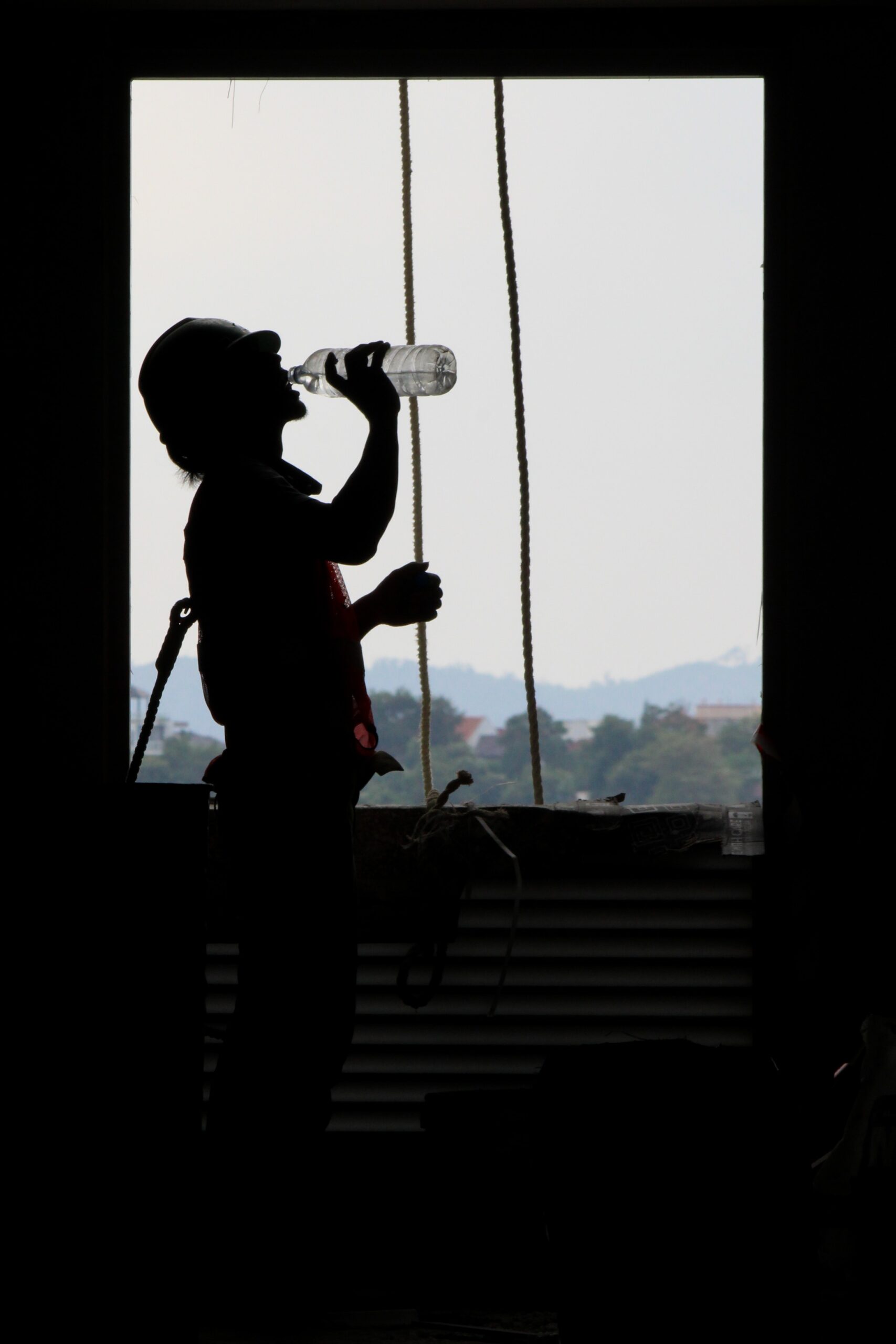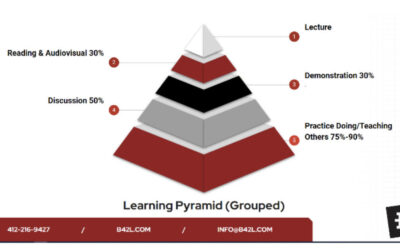Introduction:
Today, we will be discussing the importance of heat illness prevention in the workplace. Working in hot environments exposes employees to the risk of heat-related illnesses, such as heat cramps, heat exhaustion, heat stroke, and dehydration. These conditions can be serious and even life-threatening if not properly addressed. It is crucial to recognize the signs and symptoms of heat-related illnesses, implement preventive measures, and know how to respond in case of an emergency. In this toolbox talk, we will explore the different heat-related illnesses, prevention methods, and appropriate actions to ensure the well-being of all workers.
Heat-Related Illnesses
Heat Cramps: Heat cramps are muscle pains or spasms that occur during or after intense physical activity in hot conditions. They are often caused by an electrolyte imbalance due to excessive sweating. Workers may experience painful muscle contractions, usually in the legs, arms, or abdomen.
Heat Exhaustion: Heat exhaustion is a more severe condition that can occur after prolonged exposure to high temperatures and inadequate fluid intake. It is characterized by heavy sweating, weakness, dizziness, nausea, headache, and elevated body temperature. Workers with heat exhaustion may appear pale, have cool and moist skin, and experience fatigue and muscle cramps.
Heat Stroke: Heat stroke is a medical emergency and the most serious heat-related illness. It occurs when the body’s temperature regulation system fails, and the core body temperature rises to dangerous levels. Unlike heat exhaustion, heat stroke is characterized by a significantly high body temperature, typically above 103°F (39.4°C). Symptoms include a rapid and strong pulse, hot and dry skin (no sweating), confusion, loss of consciousness, and seizures. Heat stroke requires immediate medical attention as it can be life-threatening.
Dehydration: Dehydration is a condition caused by excessive fluid loss, typically through sweating. It can lead to fatigue, dizziness, dry mouth, decreased urine output, and dark-colored urine. Although dehydration is not solely a heat-related illness, it often accompanies heat exposure and can exacerbate the risk of other heat-related conditions.
Prevention Methods
To prevent heat-related illnesses, the following measures should be implemented:
Hydration: Drink plenty of water throughout the day, even if you do not feel thirsty. Encourage regular water breaks and provide access to cool drinking water on the worksite. Remember, water is the best choice for hydration, and sugary drinks or caffeinated beverages should be avoided. Make sure to replace electrolytes with a commercial sports drink.
Acclimatization: Gradually introduce workers to hot environments, allowing their bodies to adjust over time. New or returning workers should be given time to adapt to the heat gradually. This process helps reduce the risk of heat-related illnesses.
Rest Breaks: Schedule regular rest breaks in shaded or cool areas. Encourage workers to take breaks when needed to rest and cool down. During these breaks, workers can replenish fluids and rehydrate their bodies.
Proper Clothing: Wear lightweight, loose-fitting, and breathable clothing suitable for hot conditions. Use wide-brimmed hats or neck coverings to protect against direct sun exposure. Clothing should allow for adequate ventilation and sweat evaporation to help regulate body temperature.
Work Scheduling: Consider adjusting work schedules to avoid the hottest parts of the day, if possible. Tasks that require intense physical activity should be scheduled during cooler periods. If unavoidable, ensure that additional preventive measures are in place, such as increased rest breaks and hydration opportunities.
Engineering Controls: Implement engineering controls such as shade structures, ventilation, and cooling fans to reduce ambient temperatures in work areas. Providing shaded areas for breaks and rotating workers between hot and cool tasks can help minimize heat exposure.
Recognizing and Responding to Heat-Related Illnesses
Signs and Symptoms: It is important to recognize the signs and symptoms of heat-related illnesses, including excessive sweating, pale or clammy skin, muscle cramps, weakness, dizziness, headache, nausea, confusion, and loss of consciousness. Promptly report any symptoms experienced by yourself or coworkers.
Responding to Heat-Related Illnesses:
Heat Cramps: If a worker experiences heat cramps, move them to a cool area, provide fluids for rehydration, and gently massage and stretch the affected muscles. Resting in a shaded area and taking a break from physical exertion can help alleviate symptoms.
Heat Exhaustion: If a worker shows signs of heat exhaustion, it is important to take immediate action. Move the person to a shaded or air-conditioned area, loosen or remove excess clothing, cool the person using cold compresses or misting, and provide fluids for rehydration. Contact a supervisor or medical professional for further assistance.
Heat Stroke: Heat stroke is a medical emergency that requires immediate attention. Call emergency services right away. While waiting for help to arrive, move the person to a shaded area, remove excess clothing, and cool the body rapidly using cold water immersion or wet towels. Monitor the person’s condition closely and provide reassurance.
Conclusion:
Heat-related illnesses are preventable if proper precautions are taken. By understanding the different types of heat-related illnesses, implementing preventive measures such as hydration, acclimatization, rest breaks, appropriate clothing, work scheduling, and engineering controls, and knowing how to recognize and respond to heat-related emergencies, we can ensure the safety and well-being of all workers. Remember, everyone has a responsibility to look out for one another in hot working conditions. Stay informed, stay hydrated, and stay safe.




